 There aren’t too many golfers in the world that can say they haven’t experienced some sort of soft tissue injury as a result of playing golf. It comes with the territory, and even the pros routinely go out with soreness, sprains and tears. The number one golf-related injury is the back, followed by the wrist and elbow. But one region of the body that seems to have its share of serious problems is the shoulder.
There aren’t too many golfers in the world that can say they haven’t experienced some sort of soft tissue injury as a result of playing golf. It comes with the territory, and even the pros routinely go out with soreness, sprains and tears. The number one golf-related injury is the back, followed by the wrist and elbow. But one region of the body that seems to have its share of serious problems is the shoulder.
Due to its anatomical complexity, and extreme mobility, the shoulder is highly vulnerable to injury. That fact is enhanced by the joint’s poor stability. The shoulder is a ball and socket joint, and the complex joint is made up of the humerus (arm bone), the clavicle, and the scapula (the shoulder blade). The glenohumeral joint is the unstable portion of the shoulder complex, and is susceptible to anterior instability due to muscle imbalance. It is reinforced by the rotator cuff (the Infraspinatus, Supraspinatus, Subscapularis and Teres minor), which holds the head of the humerus down in its glenoid cavity. The rotator cuff also enables internal and external rotation, and abduction.
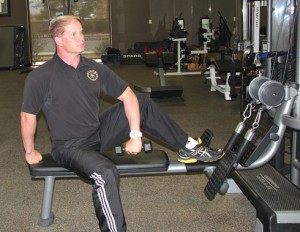
Trainer Mike Butler demonstrates weight bearing exercises to strengthen shoulder muscles and avoid rotator cuff injuries
During the golf swing, rotator cuff muscles are highly active from start to finish, having to help accelerate and decelerate movement and making them vulnerable to injury. If you are a right-handed golfer, it is during the backswing that the right rotator cuff will be limited in external rotation, and while completing your follow-through the left rotator cuff is limited to externally rotate fully. Other shoulder muscles that are involved are the lattisimus dorsi, teres major and the pectoralis major. It is important to have good flexibility and strength in these muscle groups in order to reduce the chances for serious injury.
Which golfing scenarios can cause rotator cuff injury?
- hitting too many divots
- coming out of the rough too hard
- digging yourself out from the sand
- improper mechanics
Rotator cuff injuries resulting from these unfortunate scenarios include adhesive capsulitis, impingement syndrome, tendonitis, bursitis, and sprains to the articulation of bones. If untreated, all of these conditions can lead to more serious shoulder problems.
There are 3 grades of rotator cuff strains. It is helpful to understand the degree of your strain to avoid under estimating the extent of the injury. Grade 1- there is a mild tearing of fibers that has little or no pain with no loss of range of motion. Grade 2- Moderate tearing of fibers with loss of motion and moderate to severe pain. Grade 3 is a severe tear of the muscle away from the bone, causing severe loss of motion and pain. Some of the signs and symptoms of a tear include a noticeable clicking or loud pop, pain with overhead movements, reaching out to the side and behind your back, or a deep ache in the shoulder that just won’t go away. In all cases it is important to be aware of your shoulder pain, and take medical action before it becomes more serious and forces you off the course.
Initially treating the injury with ice compression and elevation for the first 72 hours is helpful to decrease swelling and pain. If symptoms worsen, seeking a physician’s advice. Gaining back lost range of motion and regaining strength and function are of important value to the individual.
A significant issue for most of the shoulder clients that I see is that they wait until the problem worsens or inhibits their swing before seeking medical advice to do anything about it. They figure that they will heal like before, or they are in denial of any serious injury that may inhibit their golf game. In that mindset, injured golfers keep on playing until they can’t properly function.
One way to help prevent injury, is to continuously strengthen high use muscle groups to minimize risk of injury. Golf is a game of repetition and as such consistently employs the same muscle groups. Working out intelligently by targeting weak areas and employing core strengthening exercises is of great value to the golfer. Such a targeted exercise routine off the course will help the shoulder learn how to stabilize during static and dynamic movements on the course.
If you are experiencing stiffness, soreness or pain and have noticed that the shoulder isn’t as strong as it once was, it is in your best interest to seek medical attention so that the area doesn’t worsen. If you think golf may be the cause of your pain, be smart and get some help from a golf professional who can evaluate your swing. You’ll feel better – and play better – for the rest of your golfing days!
Michael Butler is co-owner of Kinetix Health and Performance center in Palm Desert. He holds a state license as a physical therapist assistant, national certifications of distinction through the NSCA as a strength and conditioning coach, a Poliquin International state coach, and as a Full Body Active Release Techniques Practitioner. He is the fitness expert on a sports radio talk show (1010 kxps) three times a week and can be reached at 760-200-1719 or at [email protected]. His website is kinetixcenter.com






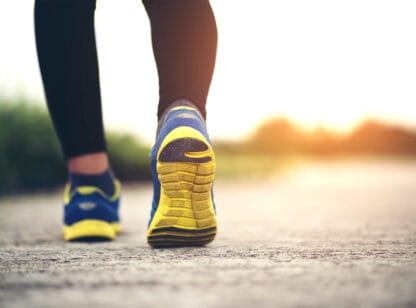
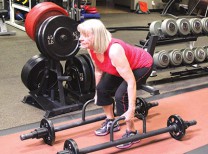

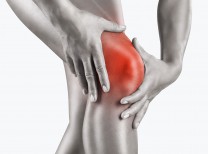




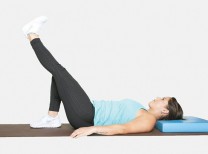
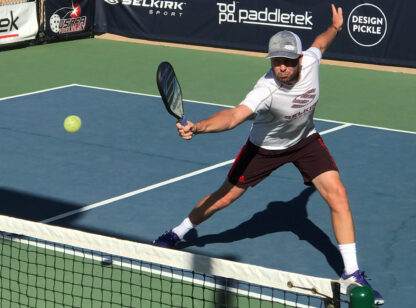




























Comments (0)